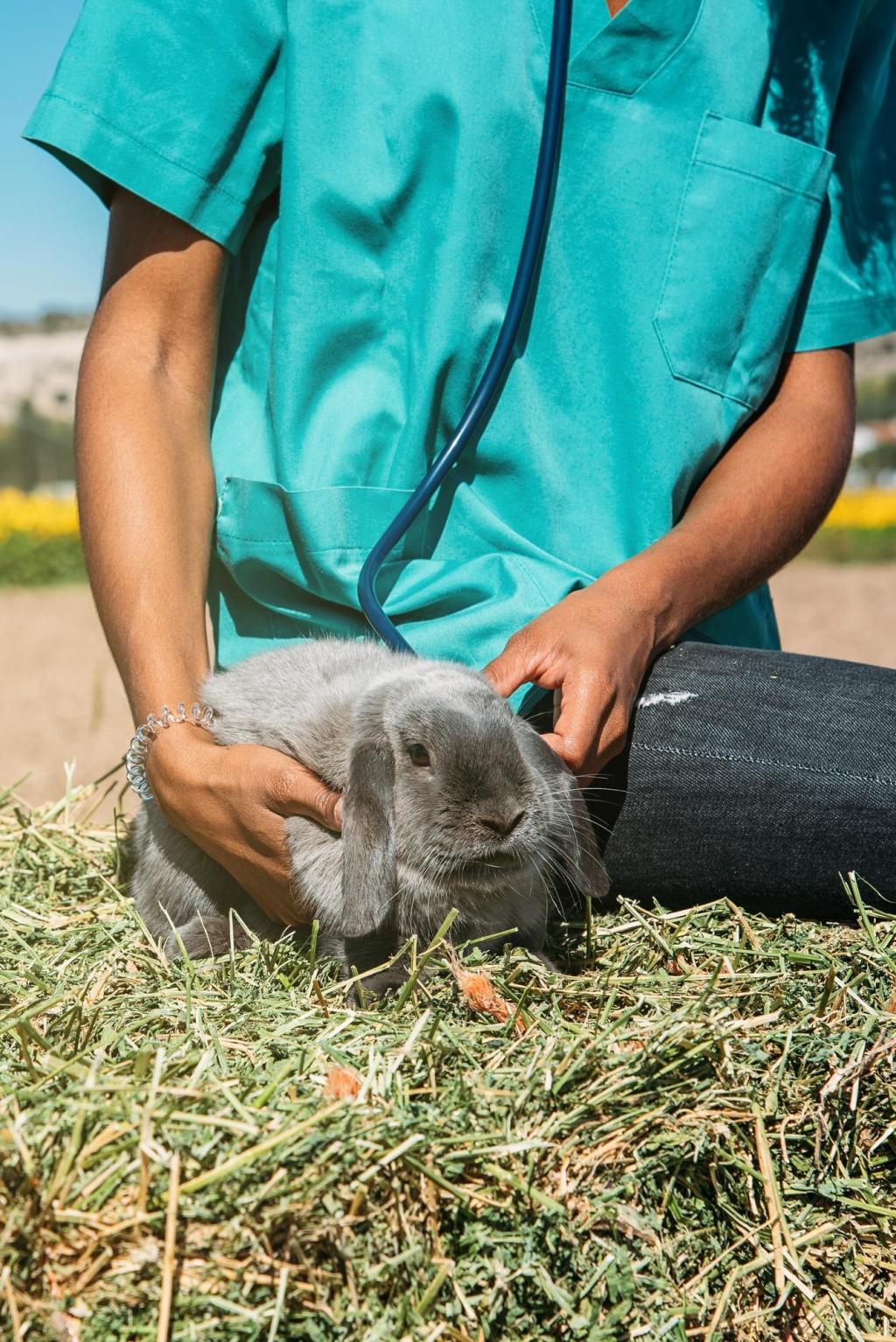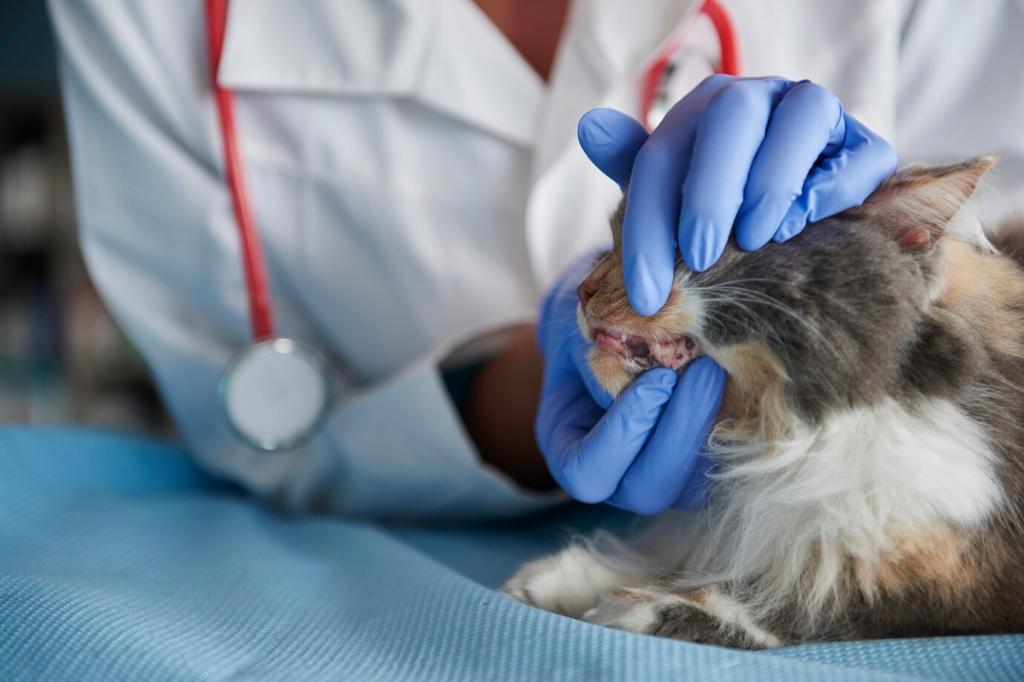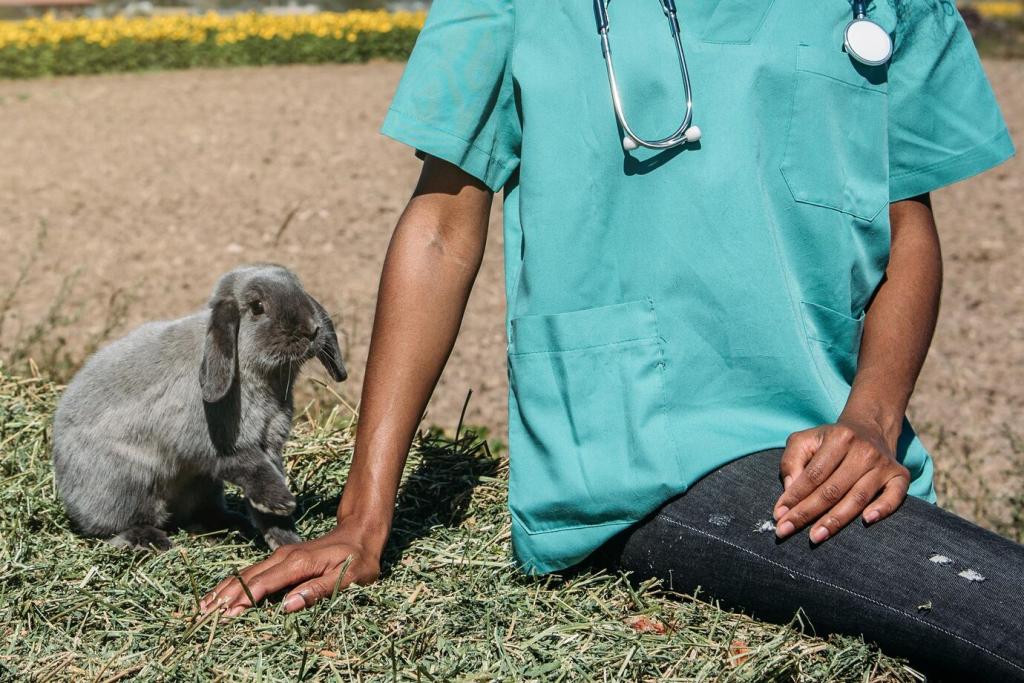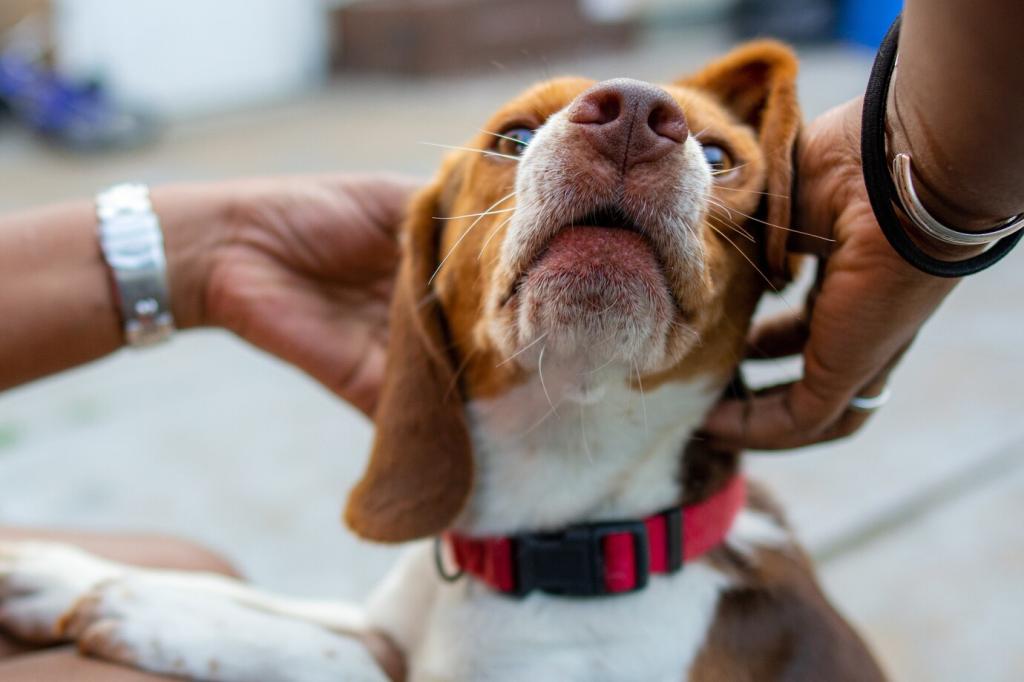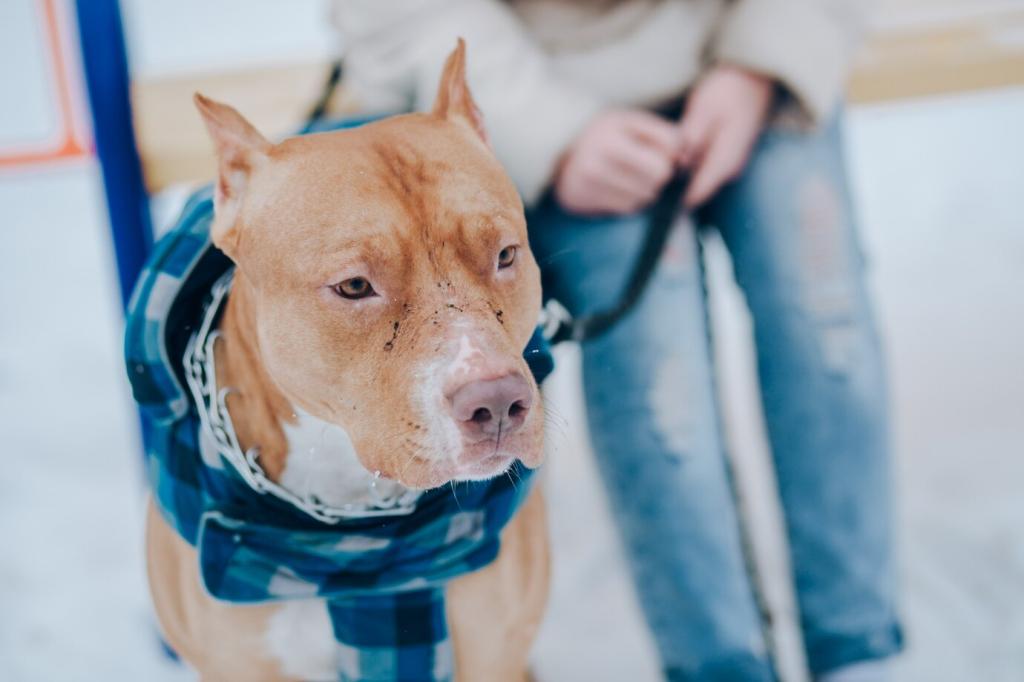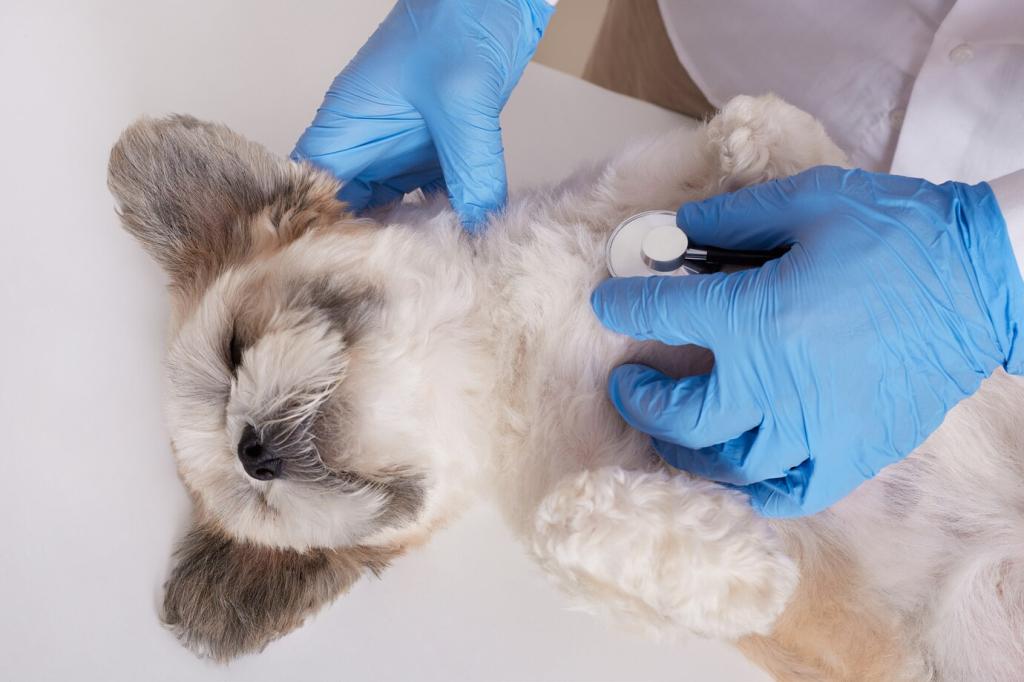At-Home Triage: Simple Checks That Save Time
Check airway, listen for breathing, and assess circulation by noting gum color and capillary refill time. Healthy gums are typically pink; blue, white, or brick red suggest dangerous changes. Press gums and count seconds for refill, then relay findings to your vet while en route.
At-Home Triage: Simple Checks That Save Time
Use a lubricated digital rectal thermometer if your pet tolerates handling. Common canine and feline temperatures hover around 100–102.5°F; high fever or low temperature can be serious. Skin tenting, sunken eyes, and sticky gums hint at dehydration. If checking stresses your pet, skip and go.
At-Home Triage: Simple Checks That Save Time
A calm environment can stabilize breathing and heart rate. Use a towel wrap for cats, avoid muzzling a vomiting dog, and keep handling gentle. Reduce noise, dim lights, and prioritize safe loading into a carrier or car. Call the clinic so they can prepare for your arrival.

